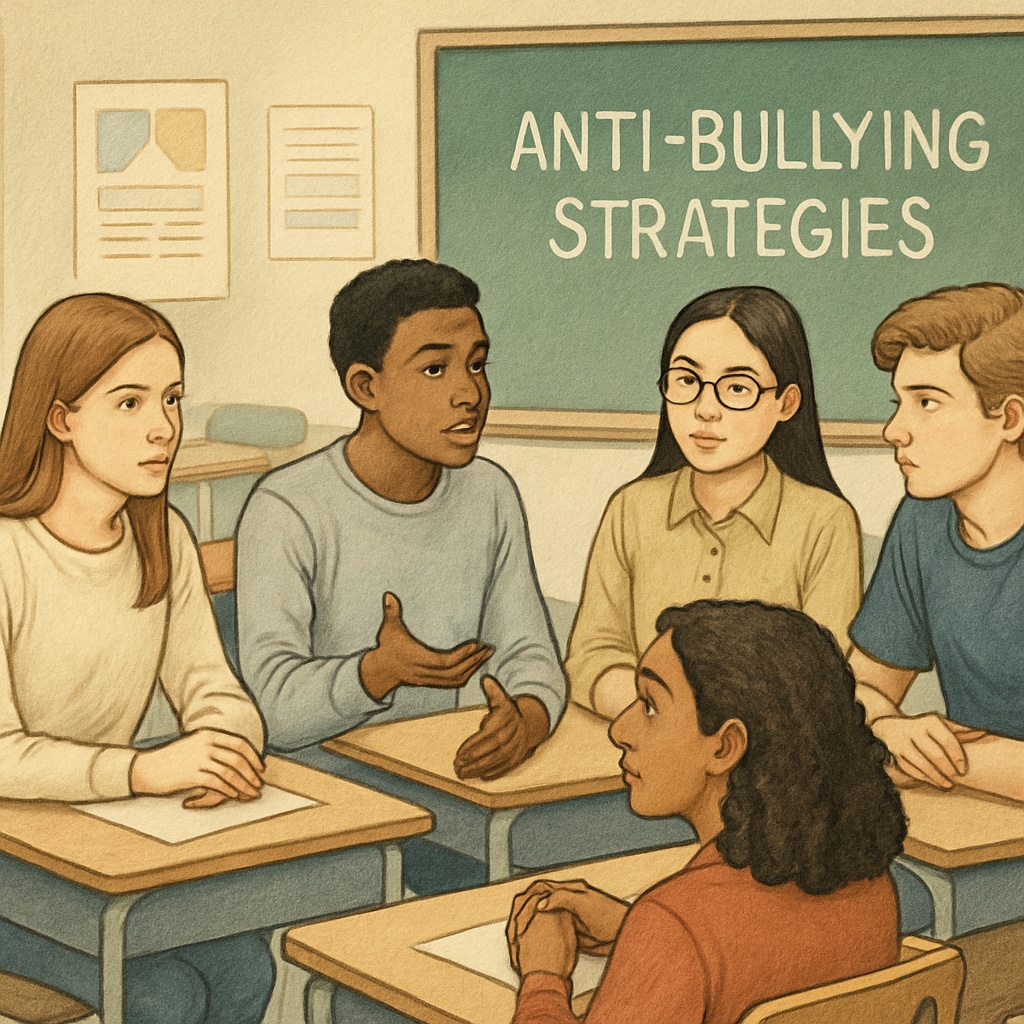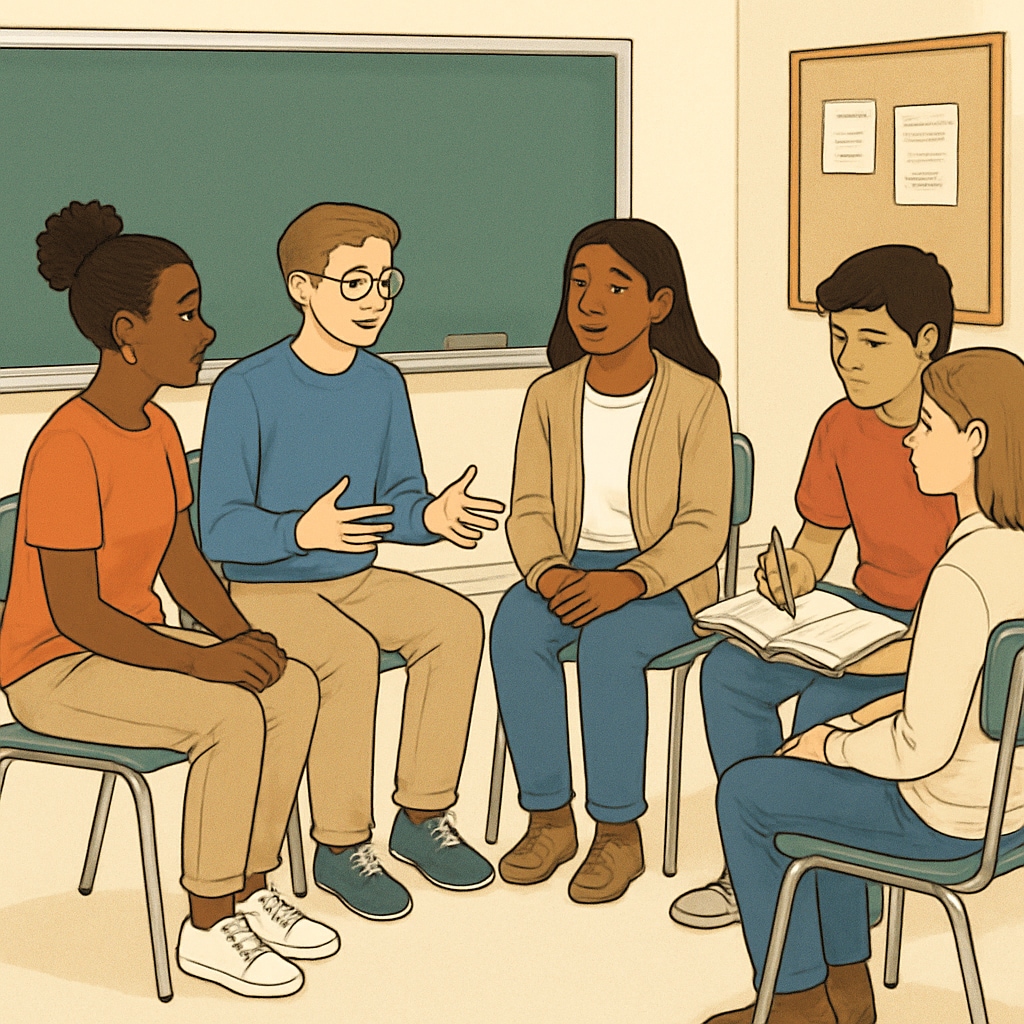School bullying is a persistent issue that threatens the safety and emotional well-being of students worldwide. To address this challenge effectively, it is essential to understand the proper definition of bullying behaviors, assess the consequences of such actions, and implement strategies that prioritize prevention, education, and restoration. In this article, we will explore a structured and ideal approach to handling school bullying, offering educators, parents, and policymakers actionable insights to create a safer school environment.
Defining School Bullying: A Clear Framework
School bullying can be defined as repeated aggressive behavior, often involving an imbalance of power between individuals. This includes physical, verbal, social, or cyberbullying forms. According to the Encyclopedia Britannica, bullying is characterized by intentional harm inflicted on others over time. Understanding this framework is crucial because not all conflicts or disagreements qualify as bullying.
Key characteristics of bullying include:
- Repetition: The behavior occurs multiple times rather than being a one-time incident.
- Intentionality: Actions are deliberately meant to harm or intimidate.
- Imbalance of power: The perpetrator holds a psychological, physical, or social advantage over the victim.
By distinguishing bullying from general conflicts, educators and parents can respond more effectively to incidents, ensuring that appropriate measures are taken based on the nature of the behavior.

Preventive Strategies for Reducing Bullying
Prevention is the cornerstone of addressing bullying in schools. A proactive approach reduces the likelihood of incidents and fosters a positive school culture. Here are some ideal preventive measures:
- Education and awareness: Conduct regular workshops and classroom sessions to educate students about the impact of bullying and the importance of empathy and inclusion.
- Clear guidelines: Establish and communicate clear anti-bullying policies that define unacceptable behaviors and outline consequences.
- Teacher training: Equip teachers with the skills to identify early signs of bullying and intervene effectively.
- Encouraging peer support: Promote peer-led initiatives, such as buddy systems, where students support each other in fostering a safe environment.
These strategies not only create awareness but also empower students and staff to take collective responsibility for maintaining a harmonious educational environment. For further insights, you can explore School bullying on Wikipedia.
A Balanced Approach: Consequences and Restorative Practices
When bullying occurs, it is important to address the behavior effectively while ensuring accountability and opportunities for learning. An ideal approach includes:
- Immediate intervention: Teachers and administrators must act swiftly to stop bullying incidents, ensuring the safety of the victim.
- Behavioral consequences: Consequences should be appropriate, such as counseling or detention, rather than punitive actions that fail to address the root cause of behavior.
- Restorative practices: Encourage open dialogue between the bully, the victim, and mediators to promote understanding and repair relationships.
- Parental involvement: Engage parents of both the bully and the victim to create a collaborative plan for resolving the issue and preventing recurrence.

Restorative practices are particularly effective because they emphasize accountability and reconciliation. This not only reduces the likelihood of repeat offenses but also helps victims regain a sense of safety and trust within their school community.
Building a Safe and Inclusive School Environment
Addressing school bullying requires a collective effort from educators, parents, and students. By focusing on prevention, education, and restorative justice, schools can create an environment where every child feels safe, valued, and empowered. While challenges may persist, a well-structured and proactive approach ensures that bullying behaviors are addressed effectively, minimizing harm and fostering long-term positive change.
In conclusion, the ideal way to handle school bullying involves a comprehensive strategy that balances immediate intervention, preventive measures, and restorative practices. By understanding the definition of bullying and implementing these measures, schools can create a harmonious and supportive environment for all students.
Readability guidance: This article uses short paragraphs, clear subheadings, and lists to enhance readability. Active voice and transitional words are used throughout to maintain a logical flow of ideas.


